cinnabarinic acid
Synonym(s):2-amino-3-oxo-3H-phenoxazine-1,9-dicarboxylic acid;Cinnabaric acid
- CAS NO.:606-59-7
- Empirical Formula: C14H8N2O6
- Molecular Weight: 300.22
- MDL number: MFCD18379297
- SAFETY DATA SHEET (SDS)
- Update Date: 2025-08-06 15:14:14
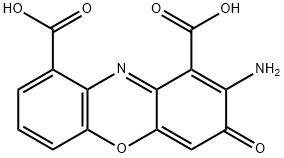
What is cinnabarinic acid?
Description
Cinnabarinic acid is a phenoxazinone produced by the oxidative dimerization of 3-
Chemical properties
Dark Red Solid
The Uses of cinnabarinic acid
A natural phenoxazinone derivative, Cinnabarinic acid is obtained in vitro with aid of laccase by oxidative dimerization of 3-Hydroxyanthranilic acid (a metabolite of the amino acid Trytophan). Cinnabarinic acid strongly induces apoptosis in thymocytes through the generation of reactive oxygen species and the induction of caspase.
The Uses of cinnabarinic acid
A natural phenoxazinone deriv Cin nabarinic acid strongly induces apoptosis in thymocytes through the generation of reactive oxygen species and the induction of caspase.
The Uses of cinnabarinic acid
Cinnabarinic acid may be used in studies of the functions of components of the kynurenine metabolic pathway. It may be used to study it role as a metabotropic glutamate receptor (mGlu4R-specific) agonist.
What are the applications of Application
Cinnabarinic Acid is a mGlu4 receptor agonist
Definition
ChEBI: Cinnavalininate is a phenoxazine.
Biochem/physiol Actions
Cinnabarinic acid is a kynurenine pathway metabolite of tryptophan, produced by the oxidation of 3-Hydroxyanthranilic acid. Cinnabarinic acid leads to loss of mitochondrial respiration and apoptosis, and has also been shown to be an mGlu4R-specific agonist.
Storage
-20°C
References
1) Lowe?et al.?(2014),?Identification of cinnabarinic acid as a novel endogenous aryl hydrocarbon receptor ligand that drives IL-22 production;? PLoS One,?9(2)?e87877 2) Hiramatsu?et al. (2008),?Cinnabarinic acid generated from 3-hydroxyanthranilic acid strongly induces apoptosis in thymocytes through the generation of reactive oxygen species and the induction of caspase;? J. Cell. Biochem.,?103?42 3) Fazio?et al.?(2012),?Cinnabarinic acid, an endogenous metabolite of the kynurenine pathway, activates type 4 metabotropic glutamate receptors;? Mol. Pharmacol.,?81?643
Properties of cinnabarinic acid
| Melting point: | >300°C |
| Density | 1.79 |
| storage temp. | 2-8°C |
| solubility | DMSO: ≥4mg/mL |
| form | powder |
| color | red to very dark red |
| Stability: | Stable for 2 years from date of purchase as supplied. Solutions in DMSO or DMF may be stored at -20°C for up to 1 month. |
Safety information for cinnabarinic acid
| Signal word | Warning |
| Pictogram(s) |
 Exclamation Mark Irritant GHS07 |
| GHS Hazard Statements |
H302:Acute toxicity,oral H315:Skin corrosion/irritation H319:Serious eye damage/eye irritation H335:Specific target organ toxicity, single exposure;Respiratory tract irritation |
| Precautionary Statement Codes |
P261:Avoid breathing dust/fume/gas/mist/vapours/spray. P280:Wear protective gloves/protective clothing/eye protection/face protection. P301+P312:IF SWALLOWED: call a POISON CENTER or doctor/physician IF you feel unwell. P302+P352:IF ON SKIN: wash with plenty of soap and water. P305+P351+P338:IF IN EYES: Rinse cautiously with water for several minutes. Remove contact lenses, if present and easy to do. Continuerinsing. |
Computed Descriptors for cinnabarinic acid
New Products
Indole Methyl Resin tert-butyl 9-methoxy-3-azaspiro[5.5]undecane-3-carboxylate Boc-His(Boc)-OH 2-CTC Resin 4-Chloro-7-tosy1-7Hpyrrolo[2,3-d]pyrimidine 5,7-Dibromo-1H-indole 2,5-dichloro-N-hydroxy-4,6-dimethylpyridine-3-carboximidamide 2,2-Dimethoxy-7-azaspiro[3.5]nonane hydrochloride 4-chloromethyl-5-methyl-1,3-dioxol-2-one (DMDO-Cl) R-2-BENZYLOXY PROPIONIC ACID 1,1’-CARBONYLDIIMIDAZOLE 1,1’-CARBONYLDI (1,2-4 TRIAZOLE) N-METHYL INDAZOLE-3-CARBOXYLIC ACID 4-((2-hydroxyethyl)thio)benzoic acid 1-(TERT-BUTOXYCARBONYL)-2-PYRROLIDINONE Methyl 6-methylnicotinate 3-Pyridineacrylic acid tert-Butyl carbazate TETRAHYDRO-2H-PYRAN-3-OL 2-((4-morpholinophenylamino) (methylthio) methylene) malononitrile 3-(4-morpholinophenylamino)-5-amino-1H-pyrazole-4-carbonitrile 2,4-dihydroxybenzaldehyde 1,3-Diethyl-1,3-Diphenylurea Methyl 2-methylquinoline-6-carboxylateRelated products of tetrahydrofuran


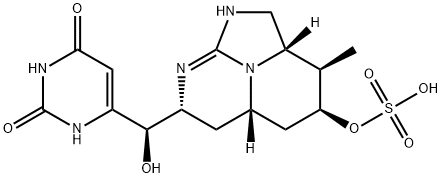
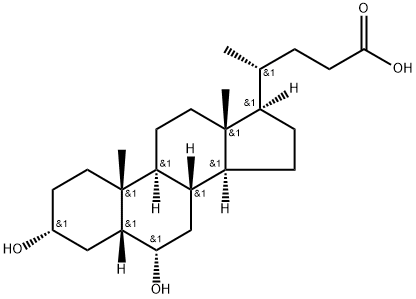
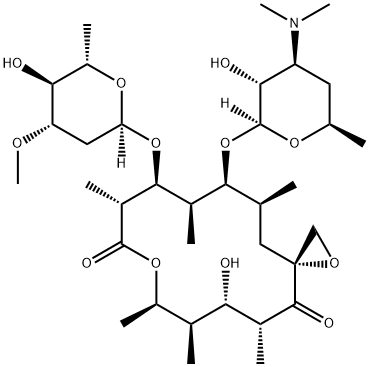
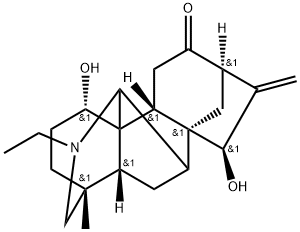

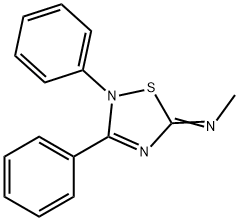
You may like
-
 Cinnabarinic Acid CAS 606-59-7View Details
Cinnabarinic Acid CAS 606-59-7View Details
606-59-7 -
 Pyridine 99.5% HPLC /UV SpectroscopyView Details
Pyridine 99.5% HPLC /UV SpectroscopyView Details
110-86-1 -
 Guanine , 99%View Details
Guanine , 99%View Details
73-40-5 -
 Piperazine Spot supply, best priceView Details
Piperazine Spot supply, best priceView Details
110-85-0 -
 Dibutyl PhthalateView Details
Dibutyl PhthalateView Details
84-74-2 -
 Imidazole Spot supply, competitive priceView Details
Imidazole Spot supply, competitive priceView Details
288-32-4 -
 Octadecyl 3-(3,5-di-tert-butyl-4-hydroxyphenyl)propionate 98% (GC)View Details
Octadecyl 3-(3,5-di-tert-butyl-4-hydroxyphenyl)propionate 98% (GC)View Details
2082-79-3 -
 Thiourea 99% ARView Details
Thiourea 99% ARView Details
62-56-6
